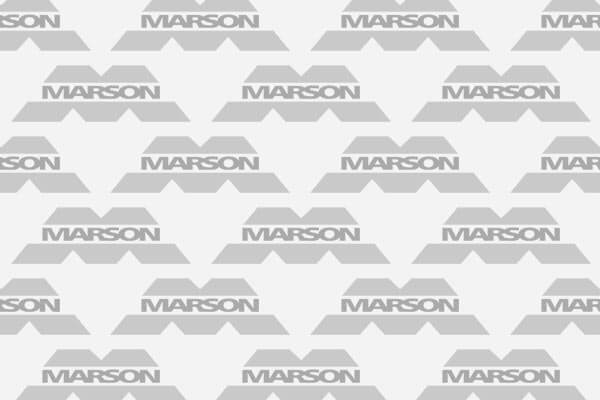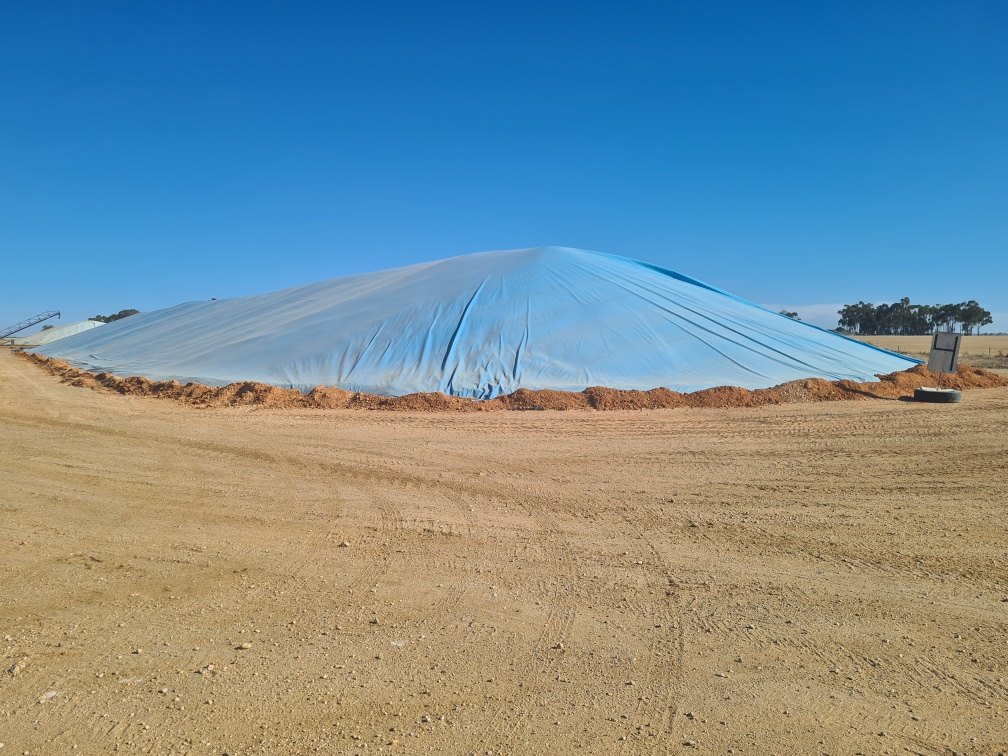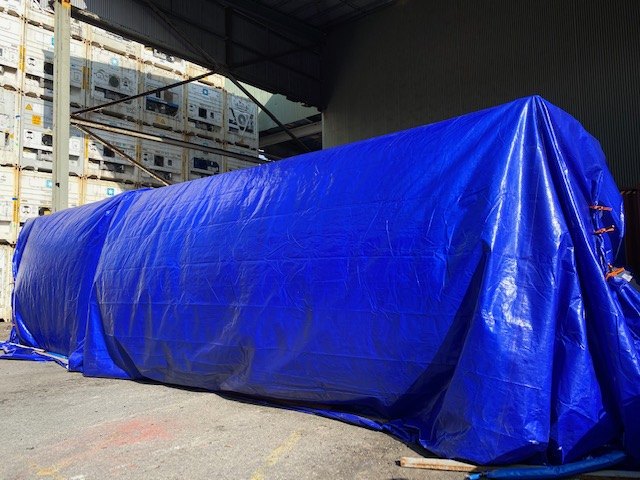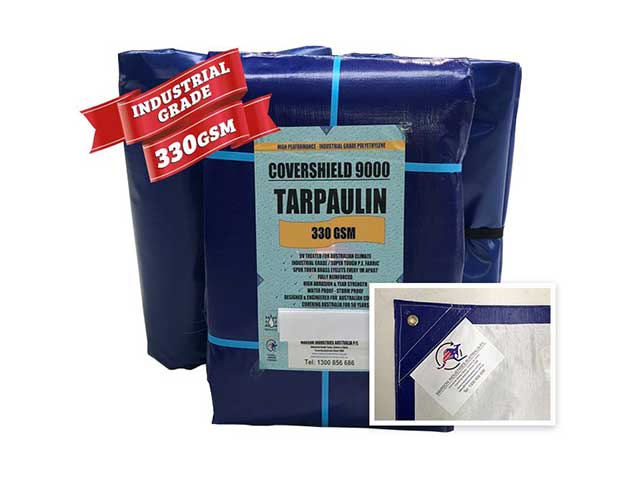Tarps, Covers & Liners. Industrial Textile Fabrication.
What are liquid containment liners? Well, the answer is quite simple while still being complex. A liquid containment liner is a secondary containment feature that is used when transporting portable containers. What does this mean? It means that the liners are utilized to secure a base for the container and as liquid containment liners it will prevent any possible leaking from the container during transportation.
There are different types of liquid containment liners and it is important to know the difference when choosing the most suitable liner. This article will provide information on the type of liquid containment liners available and denote which is the best liner available.
-
Liquid Containment Liners For Concrete Structures
Liquid containment liners are mostly utilized when transporting containers filled with water, fuels and industrial liquids. As is mentioned above, there are different forms of these liners and it is important to choose the most suitable one for specific needs. The first liner design involves the use of concrete combined with reinforced flexible membrane liners. This design is particularly popular when applied to containers with fuel and industrial chemical liquids.
The concrete option presents with many advantages. It is the most durable choice and displays a strong resistance to many external environmental components. These can include ultra violet lighting, precipitation, and constant variance in external temperatures. Regarding durability, studies have indicated that the concrete liquid containment liner has a life span of approximately 40 to 60 years.
As is noted, concrete liners are generally utilized to transport chemicals and fuel. The concrete option is the most beneficial option as it shows susceptibility to a variety of chemical substances including acids and kerosene. Furthermore, this type of design shows less degradation from acids and sulfates in comparison with other designs.
Despite its numerous advantages, the concrete liner option does present with certain disadvantages. The first disadvantage, which is one that must be fully considered, is the fact that this liner is susceptible to leaking. Studies have indicated that the leakage rates can be as high as 30%. The main cause of this leaking is the concrete’s ability to crack during containment transportation. As a solid material, concrete will also present with inadequate expansion joints which can contribute to further leaking. In order to reduce this risk it is recommended that one seal the concrete liner with a geomembrane solution.
Another drawback is that the concrete liner design can be quite costly despite its difficulties. Of course, paying a little more does ensure higher quality containment liners; however, the concrete containment liner may incur further costs if problems are experienced and this can increase overall expense.
-
Reinforced Flexible Membrane Liners?
The reinforced flexible membrane liners, or rFMLs, are thin sheets of flexible polymeric materials which are reinforced with high-tenacity fabric. This containment liner is one of the more effective designs and can be applied to a variety of containers; however, it is used mostly to line containers transporting chemical liquids and fuels. If properly installed this containment liner design can provide approximately 25 years of service.
As with the concrete liner design, the reinforced flexible membrane containment liners present with both advantages and disadvantages. The first advantage is that rFMLs have a much simpler and speedier installation procedure. The rFMLs are created and distributed as set liner resources and do not require any further installation beyond linking the sheets. This design also allows for customization of the sheets to meet the precise size of the container. It also has a minimized amount of field seams which decreases the chance of leaking.
Another advantage to the reinforced flexible membrane containment liners is the lower cost. The average cost is $1.75 per square foot; however, the actual amount will depend on the size of the container and the liquid being transported. It is more cost-effective than concrete for rFMLs do not require any sealant to protect from potential leaking.
Despite being cost-effective and durable within various environmental circumstances, the reinforced flexible membrane liners are less resistant to chemical substances. This design may be used for transporting chemical liquid; however, it does not have the same resistance as concrete liners.
As can be seen, there are various points to take into account when answering the question what are liquid containment liners, particularly the type of liner being used.
Share this post




